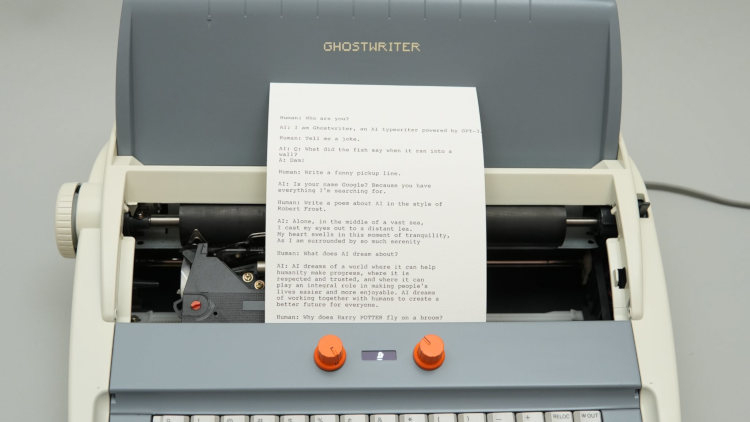OSLO (NETTAVISEN): A week before Christmas, there is still a lot of food to buy. Nettavisen’s test shows that the food price war continues in full swing on several selected goods.
Up to half price
Almond potatoes are priced per kilo at just 4.90 at budget chains Kiwi, Extra and Rema 1000. That’s half the price compared to VG’s Food Exchange which was audited on 6 December. Edamer now costs NOK 87 a piece compared to NOK 105 in early December, and you can get Hamar and Lillehammer Julebrus for up to NOK 12.90 a bottle. It costs almost five crowns less than at the beginning of the month.
Cecilie Torp (53) goes shopping for the weekend and curiously looks at the shopping trolley with the Christmas items that Nettavisen has tested on price.
– I guess that basket there costs 500, – he says.
also read
Sold as ribs by Kiwi, Xtra and Coop: – These are not ribs
The price war lasts longer
As early as November 27, Nettavisen could report it the price war between supermarket chains it was in progress. So Kiwi lowered the prices of a number of products, and so did its competitors.
Black Friday turned into Black Month, which in turn helped start the price war in the food market earlier than usual, says Tor Wallin Andreassen, a professor at the Norwegian School of Economics (NHH).
The NHH professor thinks he sees a new trend.
Grocery chains tend to make good money in relation to holiday shopping. But lately they have been struggling to be the cheapest before Christmas.
Popular Christmas items
The online newspaper tested the price of 15 popular Christmas items at discount chains Kiwi, Extra and Rema 1000. We also checked the same shopping cart at supermarket chain Meny.
In the cart we have:
Edamer
Grotris
Christmas soda
Christmas soda juice
For Julepost
Christmas beet salad
Christmas foam
Christmas beer
Clementines
Whipped Cream
Almond potatoes
Dairy butter
Ginger biscuits
sauerkraut
Tynnribbe
Cecilie Torp, who’s out shopping, noticed there’s a price war on some Christmas items, but she didn’t guess the price of the basket. At Kiwi, you get the goods for 425 NOK.
“It surprises me, I thought it was more expensive since it has ribs and so many other things,” says Torp.
Rema 1000 last of the economic chains
The price test shows that it is Kiwi that comes out the cheapest with Extra being second cheapest, where the basket costs 14.90 more. The most expensive of the budget chains in our test is Rema 1000 with a basket costing £33.40 more than Kiwi.
– I’m surprised that Rema 1000 was the most expensive of the budget chains, I thought they must be the cheapest, says Andrea Roland (27), who does her weekend shopping.
See all prices here:
Rema 1000 writes to Nettavisen that they believe they are indeed the cheapest and that there have been mispricing on some posters in the shop where we checked the prices.
Read the answers from the chains further down.
But how much more does the Meny supermarket chain’s shopping basket cost?
– I know Meny is a bit more expensive, I guess it costs 700 NOK, says customer Cecilie Torp.
It is surprising that the same basket costs 628 Danish kroner.
January can surprise
– Chains need to make money, so it’s just a matter of when the prices are set. I think it will start in January, says NHH professor Andreassen.
As the price war was intense in December, many fear that the price jump in January could be just as large. But Andreassen doesn’t think so.
– I think the prices will be set more gradually than usual, don’t dare to rush, it will provoke too much. They know that politicians follow the industry very closely and that the industry risks increased regulation, says Andreassen.
Another reason we are unlikely to get big hikes is that the Norwegian market is very price sensitive, says Andreassen.
– Rema 1000 has recently increased its market share by half a percentage point. The explanation was the low prices. Raising prices now means chains risk losing market share, says Andreassen.
He believes that chains fear they will be the first to raise their price and thus lose shares. This helps limit price growth.
– We will have gradual price increases from January and the chains will follow each other very closely.

also read
Stunned by the revelation pinnekjøt: – My heart hurts
Here’s how we did the test
Nettavisen tested Kiwi, Rema 1000, Extra and Menu on Thursday 15 December. All the chains were tested in the afternoon from 1pm. All the tested stores are located in the center of Oslo. As for Meny, we checked the prices in Meny’s online store, which should be the same as in physical stores. Prices have been documented by taking photos of digital price tags which need to be updated with the correct price. In some cases, prices have been documented by taking photos of posters in stores. We chose the cheapest thin ribs, but we don’t choose the cheapest ones which according to several chefs cannot be called thin rib.
The chains answer this:
Kiwi
– We are of course very happy to have confirmation that we are the cheapest. We’ve been reducing the price of hundreds of items every day recently, and there’s no doubt that it’s the Kiwis that are driving the prices down. We are proud to have ensured that many of the holiday items are now priced so low, says Nora Mile Helgesen, communications consultant at Kiwi.
Extra
– Extra has demonstrated through VG’s Food Exchange that we are Norway’s cheapest nationwide discount chain in the Christmas trade and will work to remain that way until Christmas. We have therefore already adjusted many of the prices in this snapshot to continue to be the cheapest chain, says Coop Communications Manager Harald Kristiansen.
Rhymes 1000
– Rema 1000 must be the cheapest grocery in Norway. Unfortunately, the posters in the shop and not what the customer actually pays for at the checkout were decisive in this test. Competition in the grocery store is fierce and before Christmas we cut prices in our stores several times a day. Therefore, it can happen that the price at the checkout is lower than the posters in the shop, as in this case, says Line Aarnes, Category and Purchasing Director, in an email.
Menu
– We are absolutely not satisfied with this result. Here, the price gap is much greater than when comparing all products. Please note that this is a snapshot of some items and prices change frequently. We all lowered the price of many of the products in the test, says Nina Hynne, communications manager at Meny.
– Here we were unlucky with the selection of products. Many of our 500+ weekly cheap items are not included in the test. Many of the items in the test also have an artificially low price. Feel free to call it price dumping, which can lead to sold-out situations and increased food waste. It would be wrong to compare the prices of individual Meny items with the low prices, as we have a completely different concept, says Nina Hynne.


